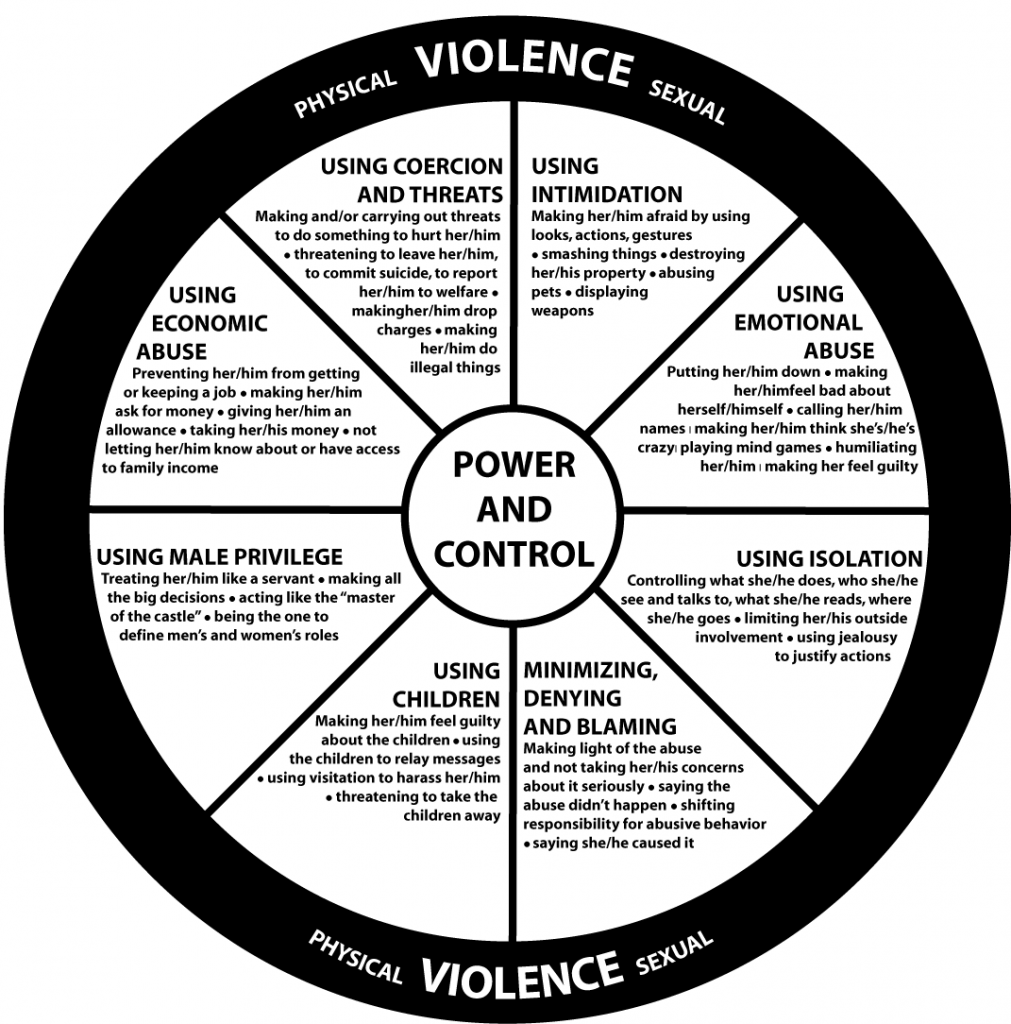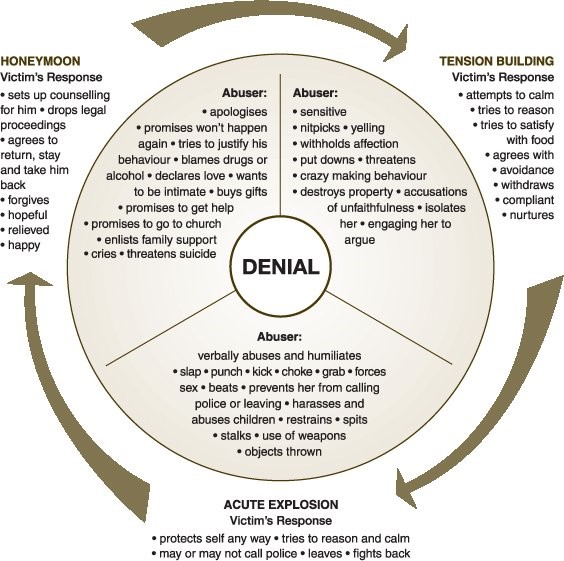Domestic Violence Resources
Violence at home touches everyone within the home, regardless of age. The Naperville Police Department is committed to creating and fostering a departmental and community-wide understanding of the issues and dynamics surrounding domestic violence. If you feel that you might be a victim of domestic violence, or would like more information for a loved one or friend, the resources provided are available to offer support, information and guidance.
What is Domestic Violence?
DOMESTIC VIOLENCE IS A CRIME. Any person who hits, strangles, kicks, threatens, harasses, physically or sexually abuses, intimidates, willfully deprives or interferes with the personal liberty of another family or household member (except reasonable parental discipline) may be charged with a crime.
Family and household members can include spouses, former spouses, parents, children, step-children, and other persons related by blood or by present or prior marriage, persons who share or formerly shared a common dwelling, persons who have a child in common, persons who share a blood relationship through a child, persons who have or have had a dating or engagement relationship, and persons with disabilities, their personal assistants and caregivers.
INTERFERING WITH THE REPORTING OF DOMESTIC VIOLENCE IS ALSO A CRIME. A person commits this violation if, after having committed an act of domestic violence, he or she prevents or attempts to prevent the victim or witness to the crime from calling 9-1-1, obtaining medical assistance or making a report to any law enforcement official. 720ILCS 5/12-3.5, PA 90-118
Domestic violence can be expressed in a variety of ways and may look and feel differently at different points. Incidents of domestic violence are rarely isolated, one-time incidents but rather escalate over time and follow a predictable cycle. [Image Source]

Warning Signs
Does your partner ...
- Keep track of your schedule and whereabouts?
- Control you by being very bossy or demanding?
- Blame others, especially you, for his/her mistakes?
- Accuse you of flirting or cheating?
- Constantly criticize you?
- Control all the money?
- Humiliate you in front of others (including making “jokes” at your expense)?
- Threaten to hurt you, your children, or your pets?
- Use violence or intimidation to stop you from spending time with friends and family?
- Use violence or intimidation to stop you from working or going to school?
- Force you to have sex, or demand sexual acts that make you uncomfortable?
- Push, hit, slap, punch, kick, or bite you or your children?
Domestic violence is rarely present at the initial stages of a relationship but rather develops over time. This is generally one of the reasons leaving a violent relationship can be so difficult; memories of happier times and faith and hope that the abuser can change are common. Similarly, a perpetrator’s tendencies toward abusive behavior emerge slowly and may not initially be perceived as abusive. For example, beginning stages may be characterized by attempts to control and isolate the victim’s social life but it’s done in such a way that the victim may feel flattered (“Why don’t you just cancel those plans with your friends tonight and hang out with me instead? I just love spending time with you, you make me so happy and I hate being without you”). Over time, compliments and flattery may fade and the abuser may make seemingly minor comments that hurt a victim’s self-esteem (You really should do your hair once in a while, you look like a mess with it tied up like that). This abuse escalates over time may or may not turn physical.
Individuals who are involved in violent relationships often report that the abuse follows a predictable pattern of interactions. This is known as the “Cycle of Violence” and is represented below. [Image Source]

Domestic Violence Myths
Myth: Children do not suffer long-term effects from family violence.
FACT: Children of abusive parents often are abused physically or sexually. In many cases, they continue the cycle of violence by abusing their own children. Statistics show that children who witness violence are more likely to commit acts of violence later.
Myth: Family violence is not widespread.
FACT: Domestic violence is a widespread and serious problem in America, with devastating consequences for individuals, families, and communities.
Myth: Family violence happens only to women in low-income groups.
FACT: Although violence in families is drastically underreported, it affects all kinds of people regardless of gender, race, culture, age, sexual orientation, class, or citizenship status.
Myth: Victims of family violence can easily leave before violence becomes a serious threat.
FACT: Economic dependence, fear, complex family emotional ties, low self-esteem, and lack of safe places to go make leaving almost impossible for many abused family members.
Myth: Family violence is not a crime. It occurs in the home and is strictly a private matter that doesn’t affect anyone else.
FACT: Any threat or attack against a person is a crime, no matter where it happens or who does it.
Information obtained through the Illinois State Police, the Illinois Attorney General's Office and the National Crime Prevention Council.
